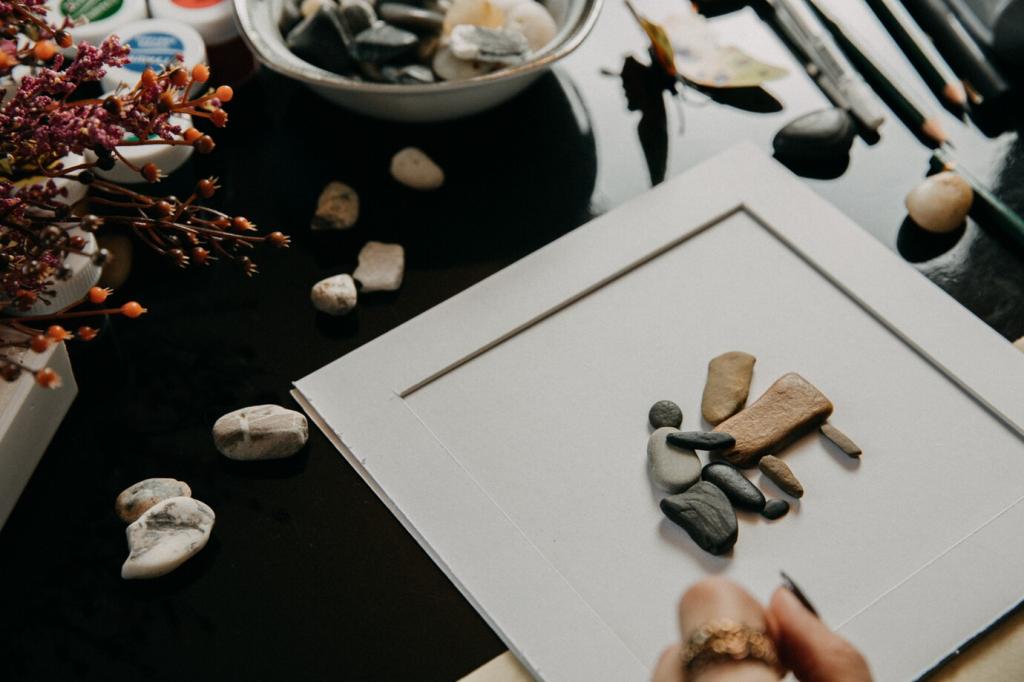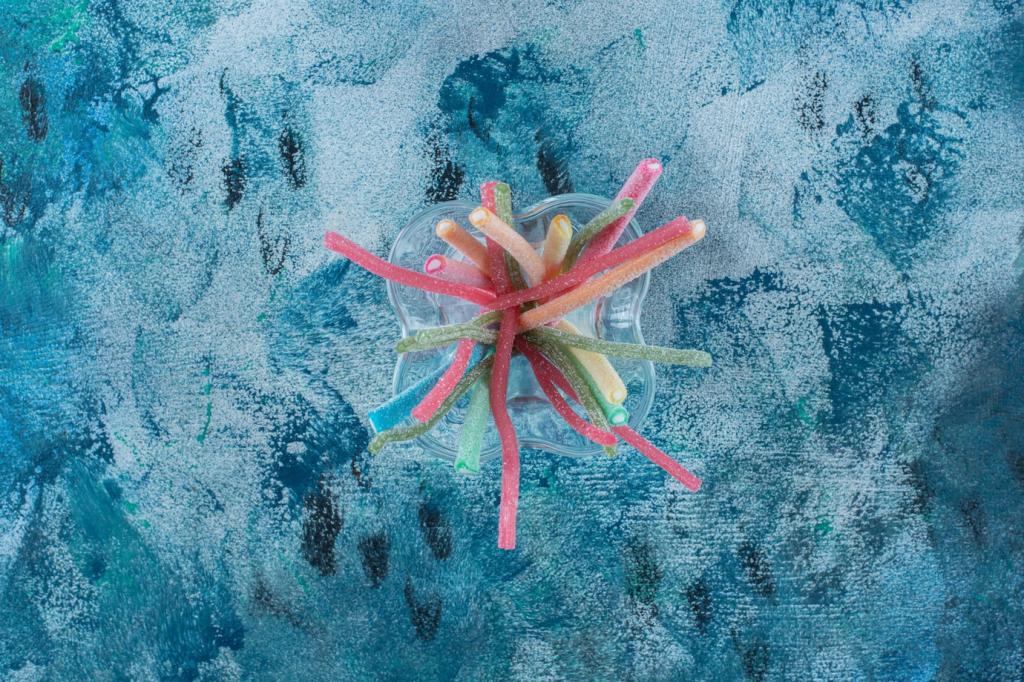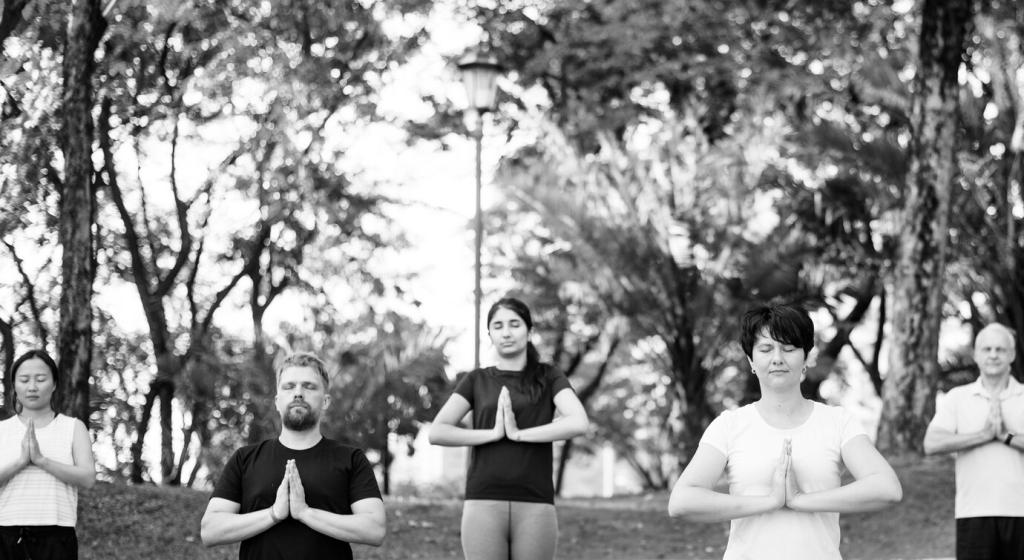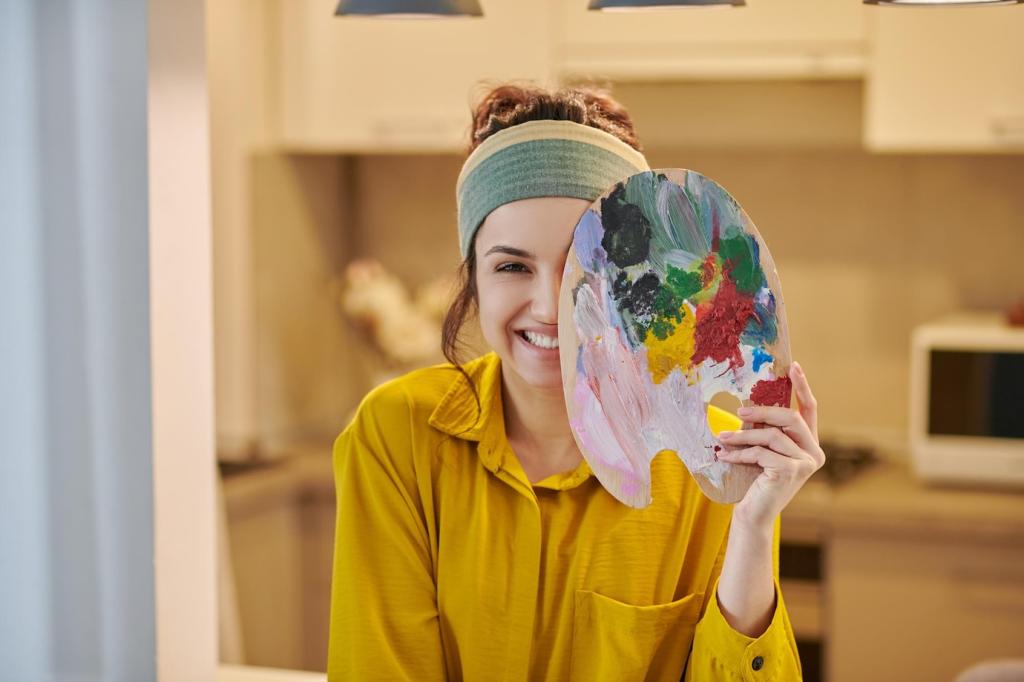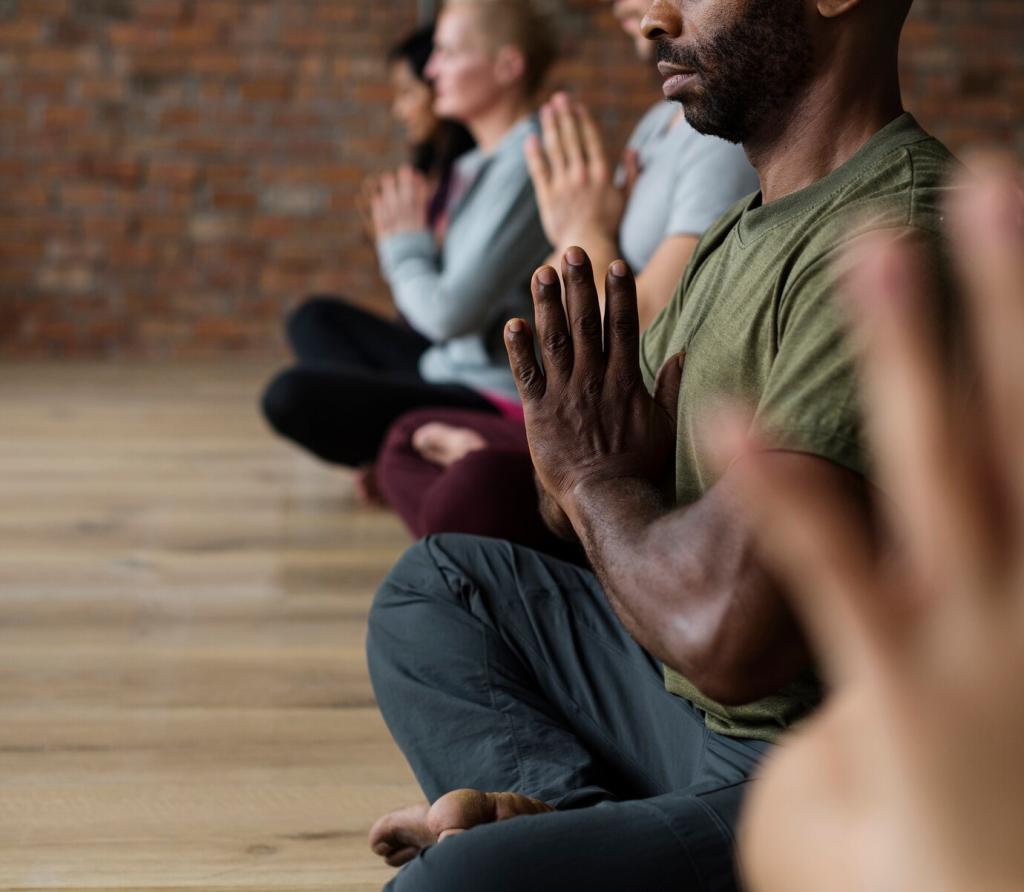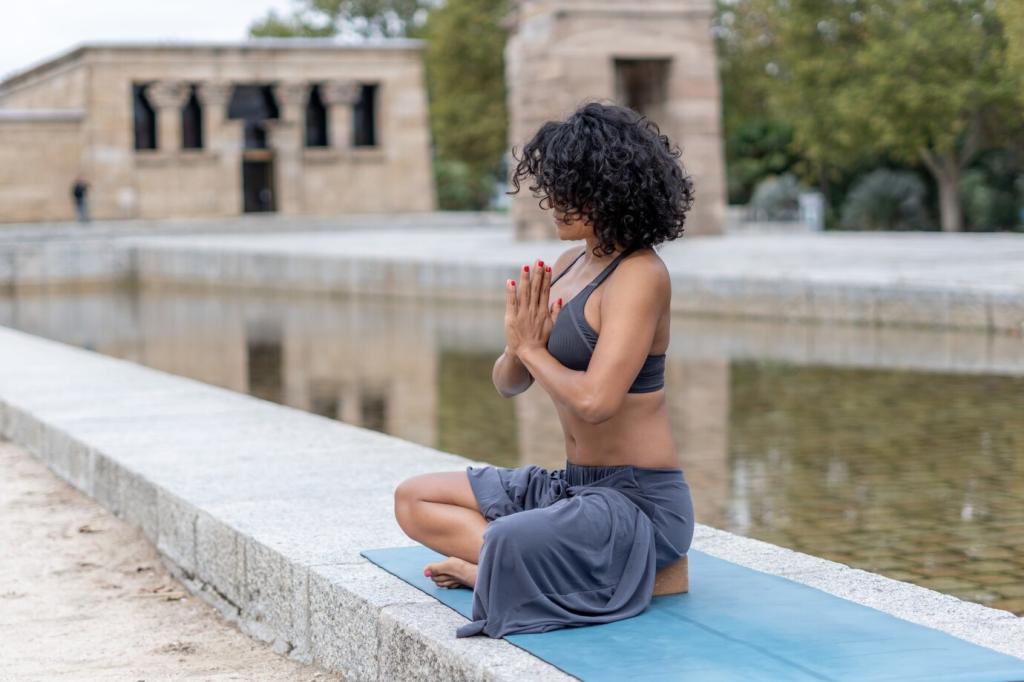Community, Land, and Reciprocity
When viewing landscapes within art, consider the actual places involved. Read about local ecosystems, histories, and stewardship. Attention to place transforms appreciation into relationship and makes your viewing a form of caring presence, not distant consumption.
Community, Land, and Reciprocity
Buy directly when possible, attend talks, and follow artists’ instructions about care and sharing. Credit them in posts or notes. This reciprocal attention sustains communities and keeps traditions evolving with dignity and agency.

